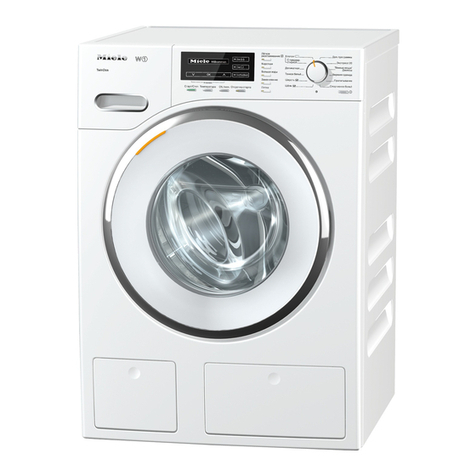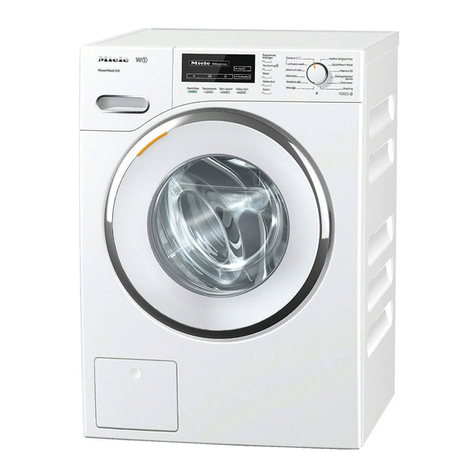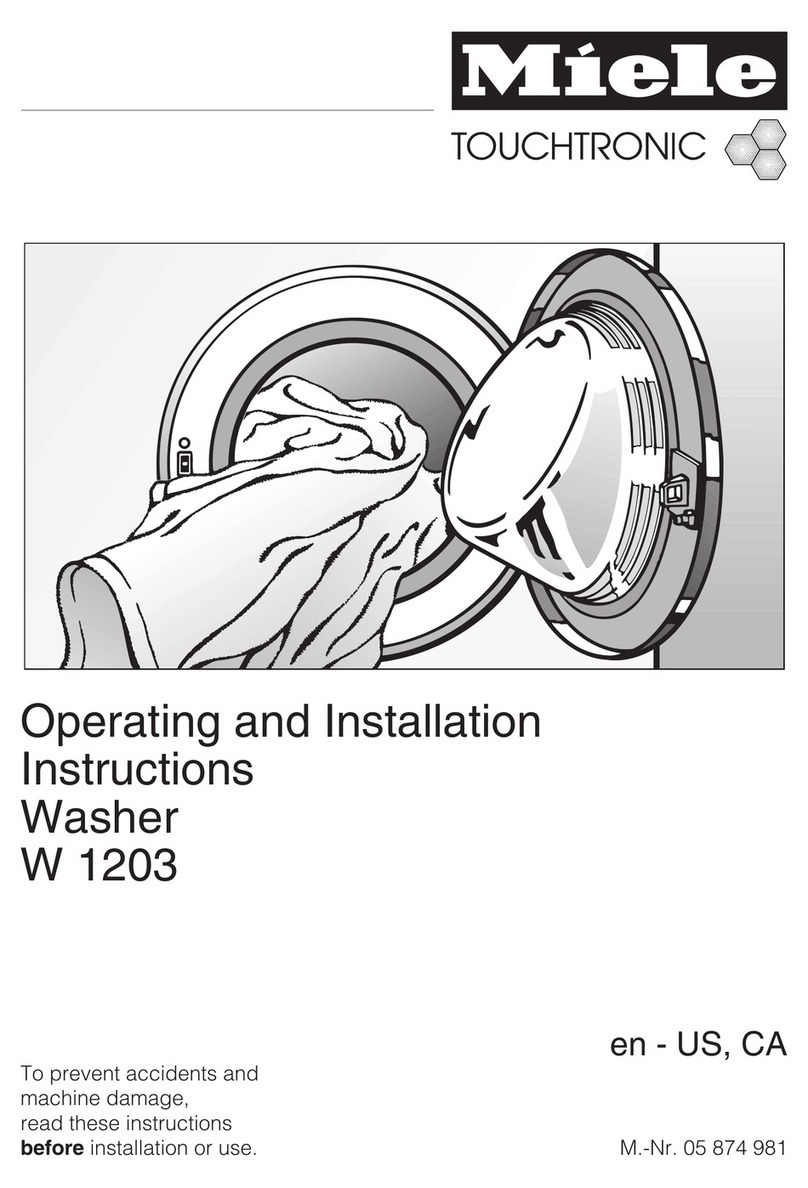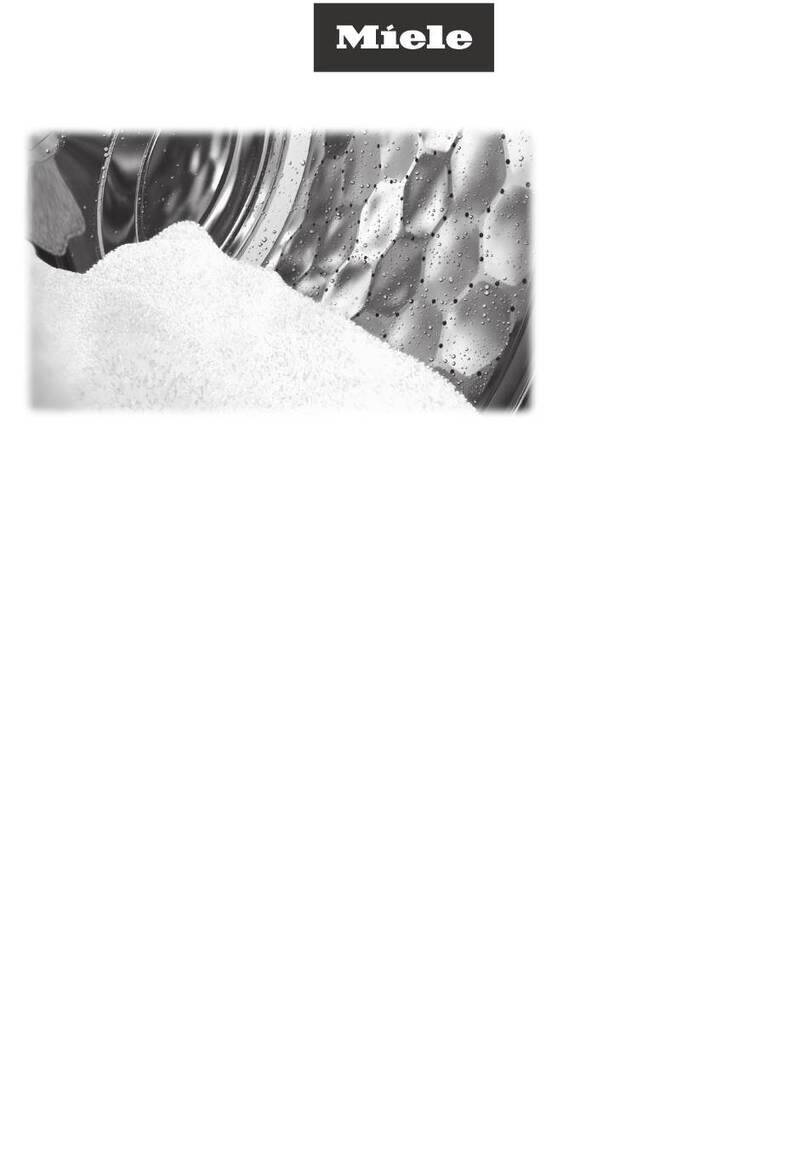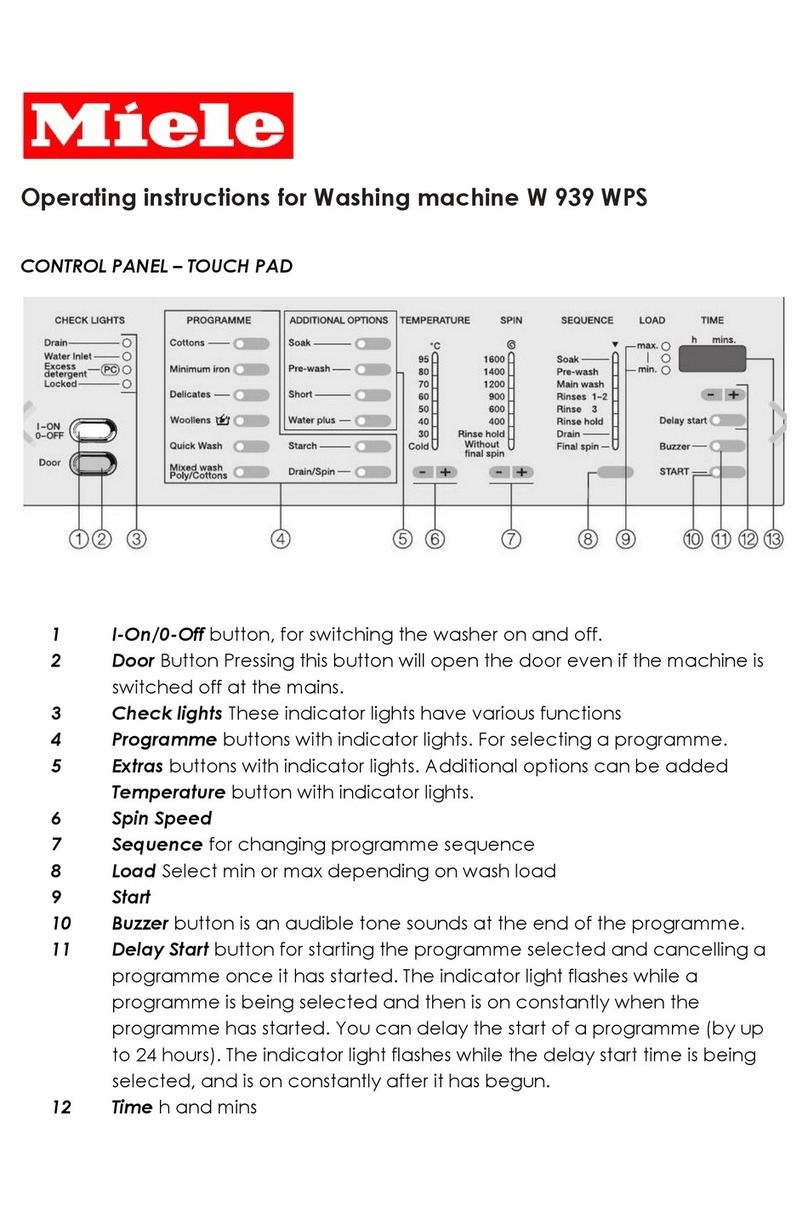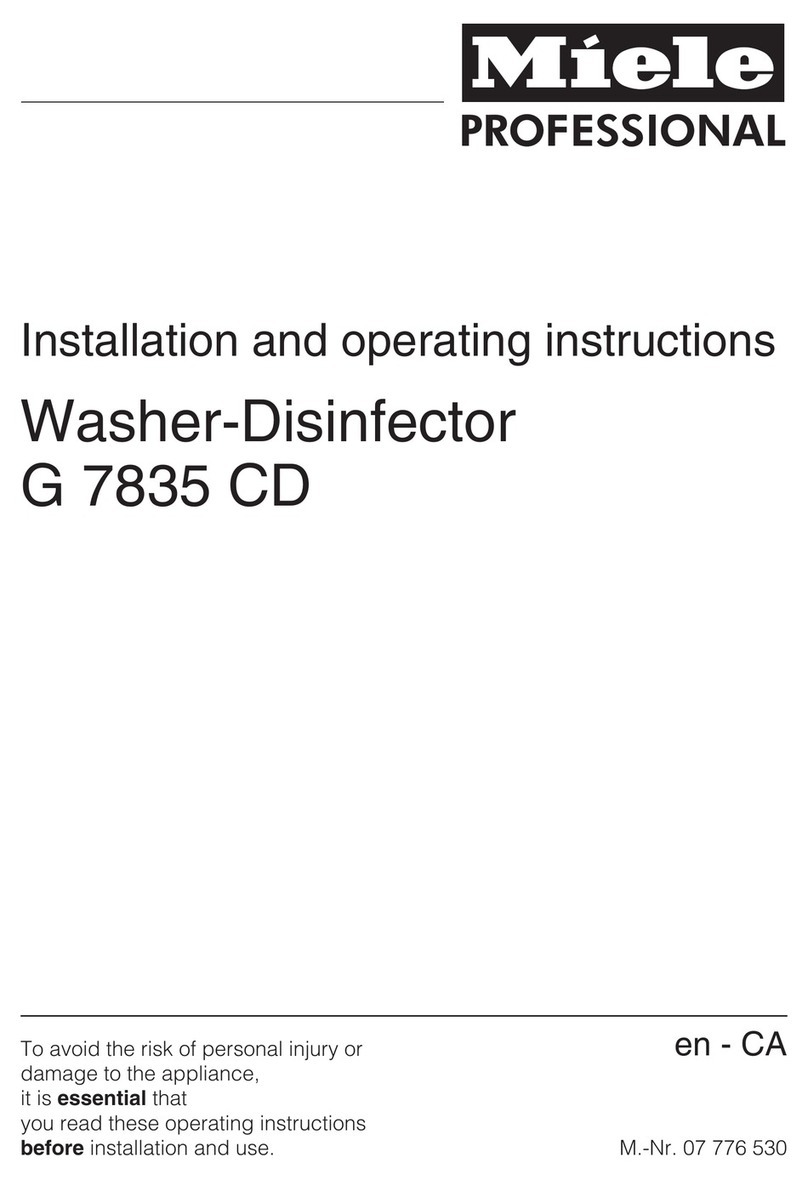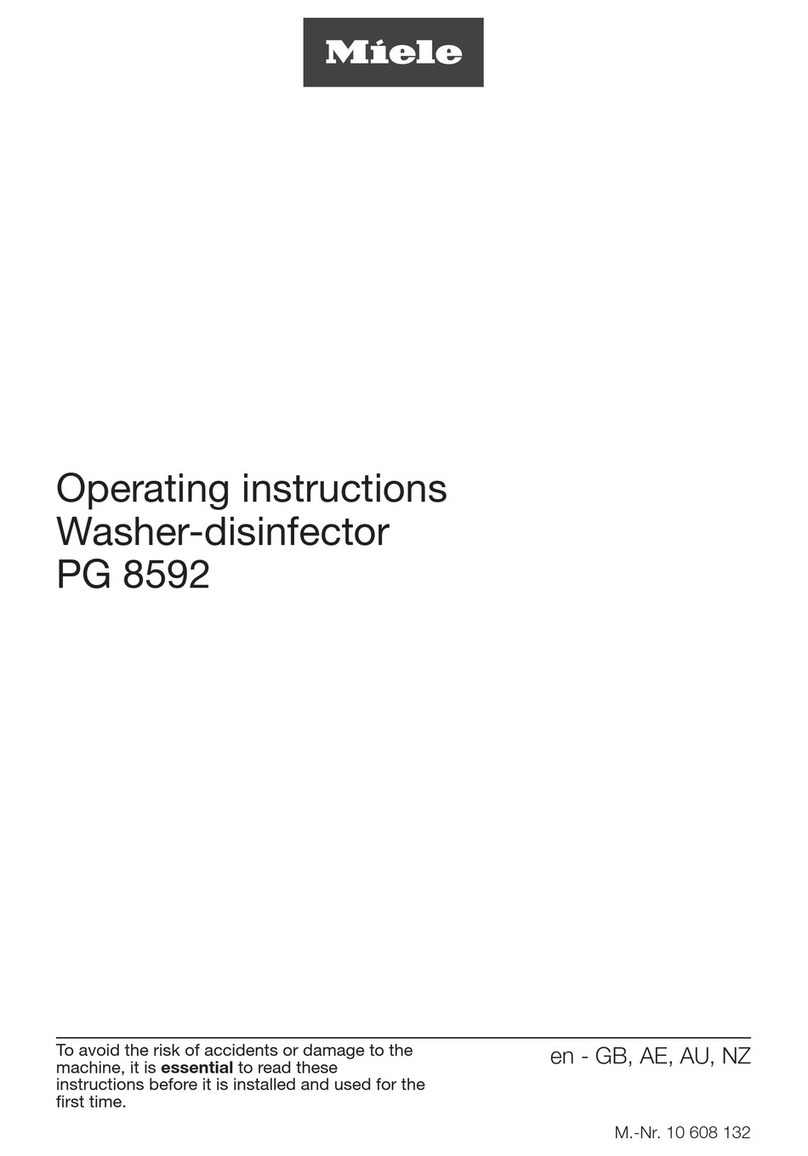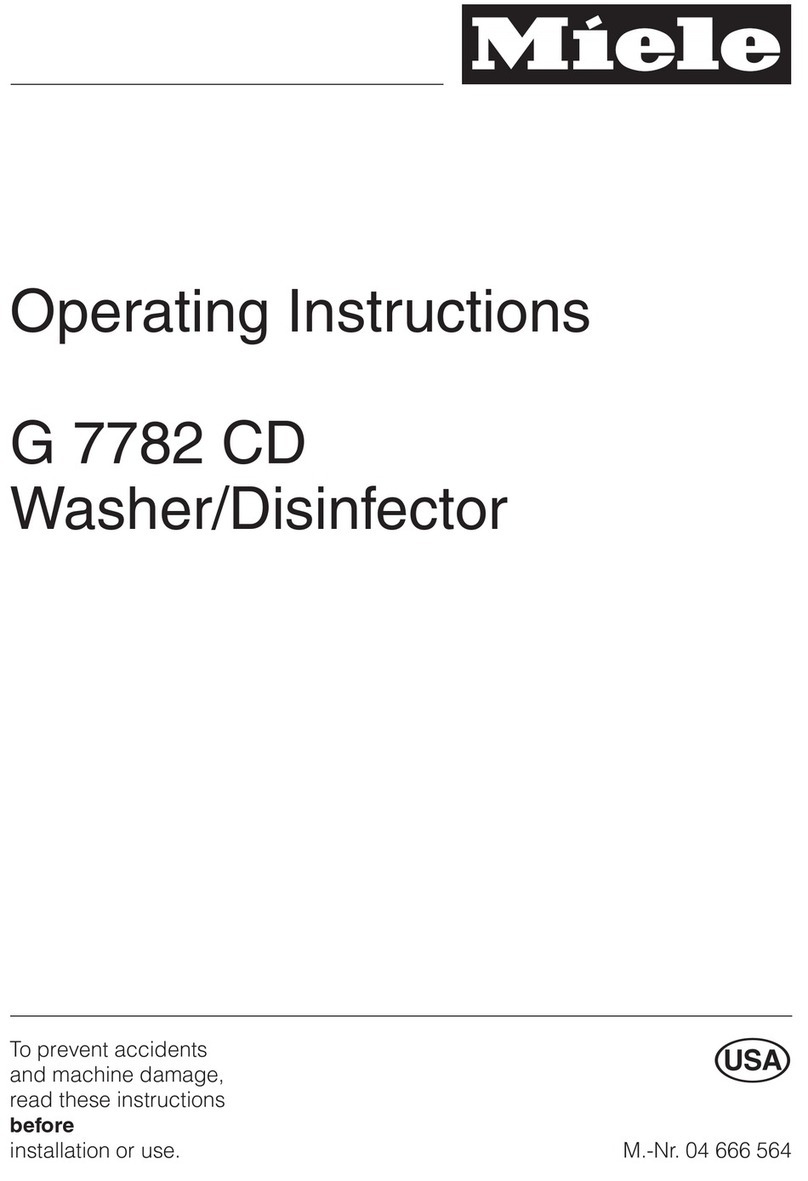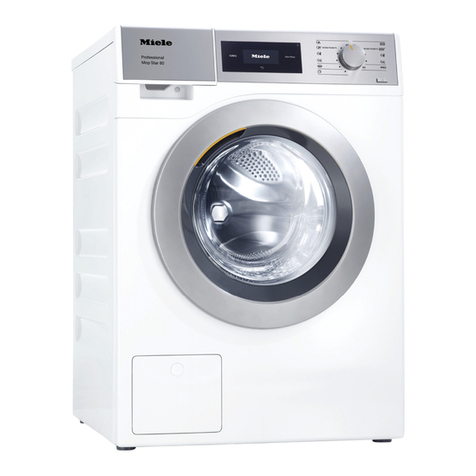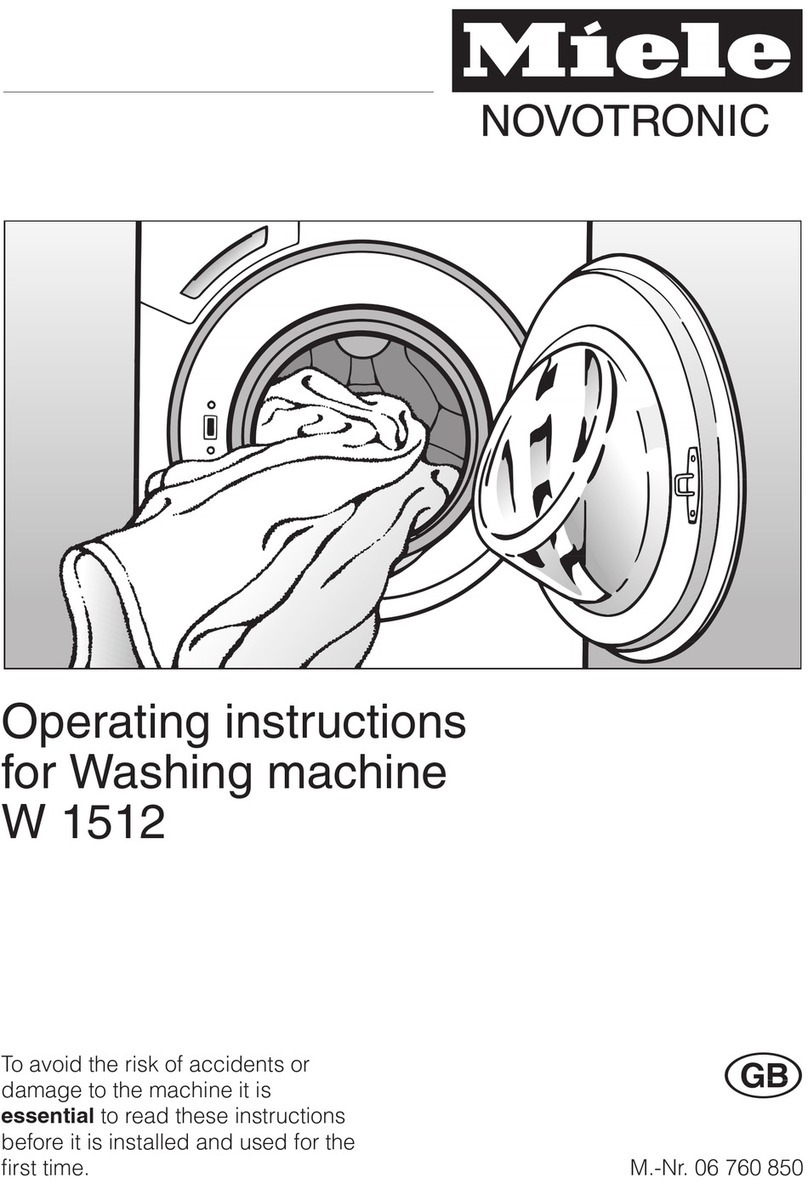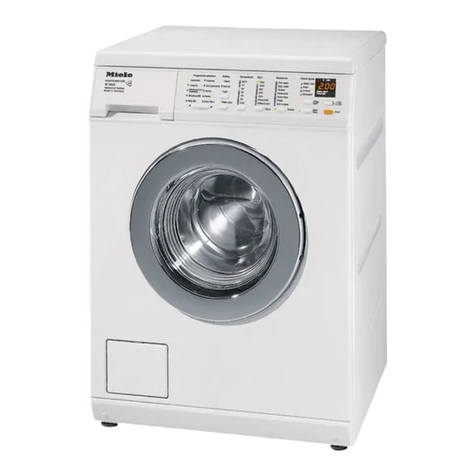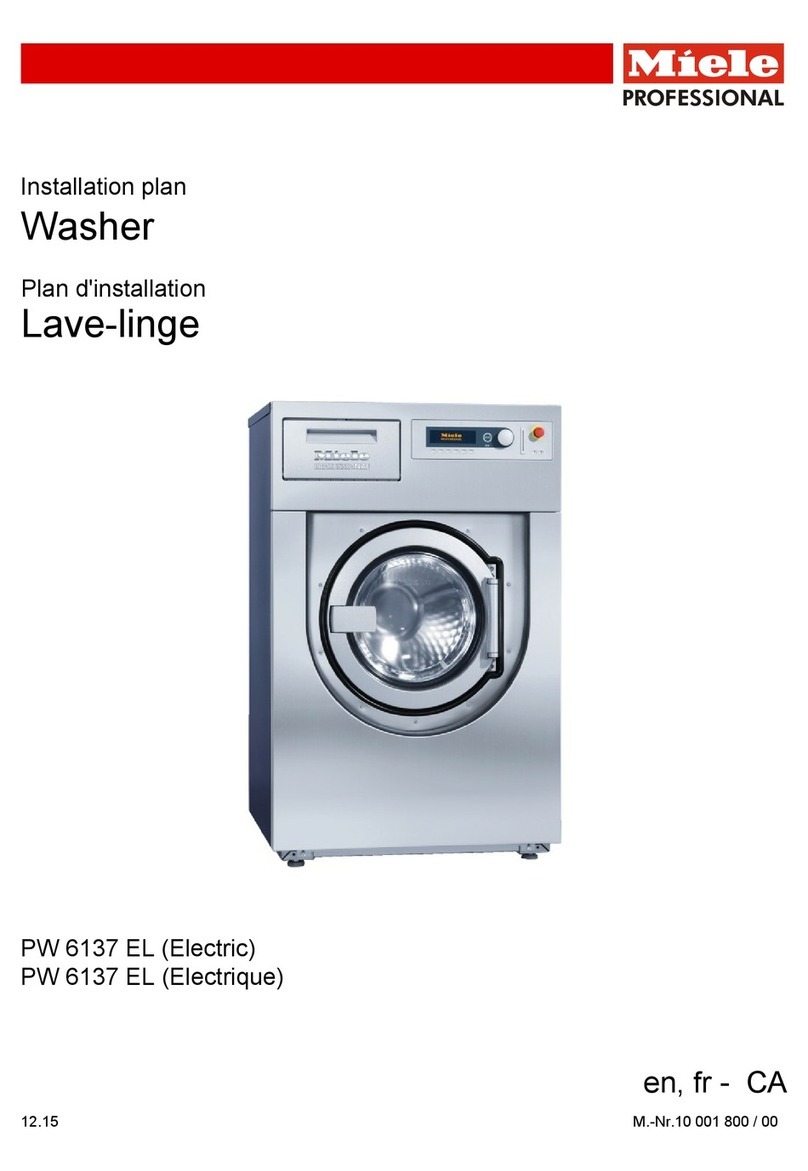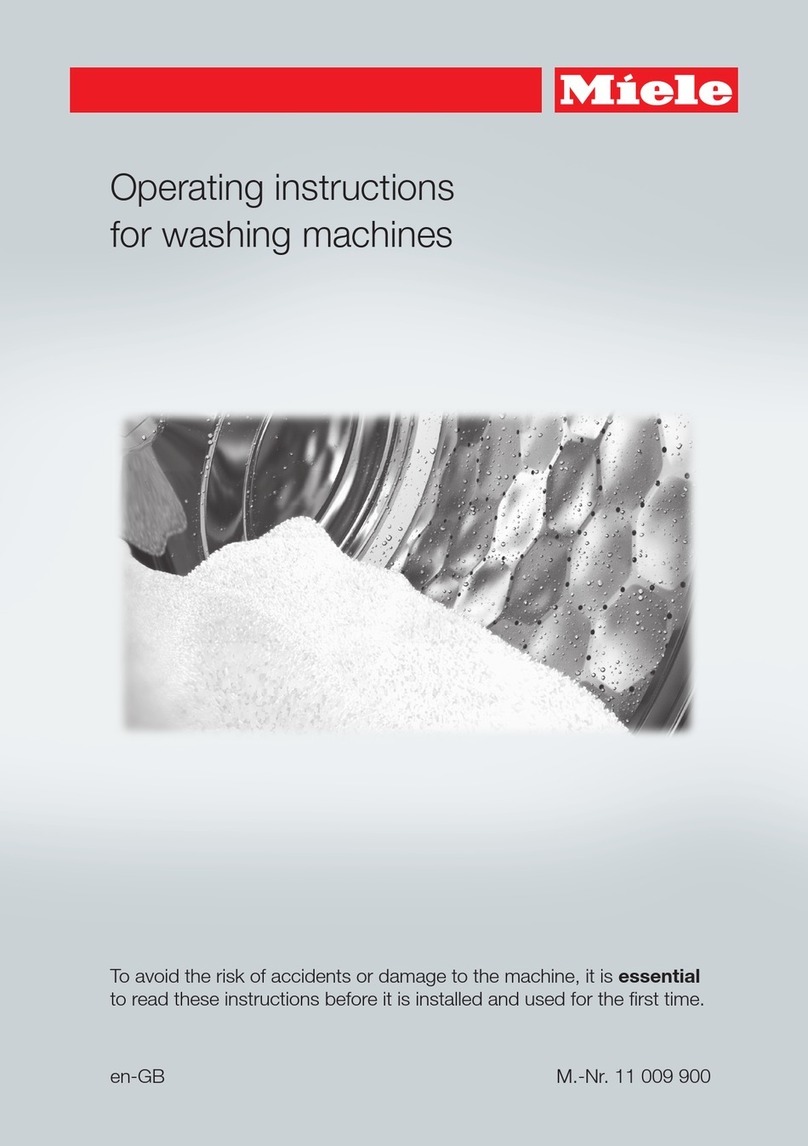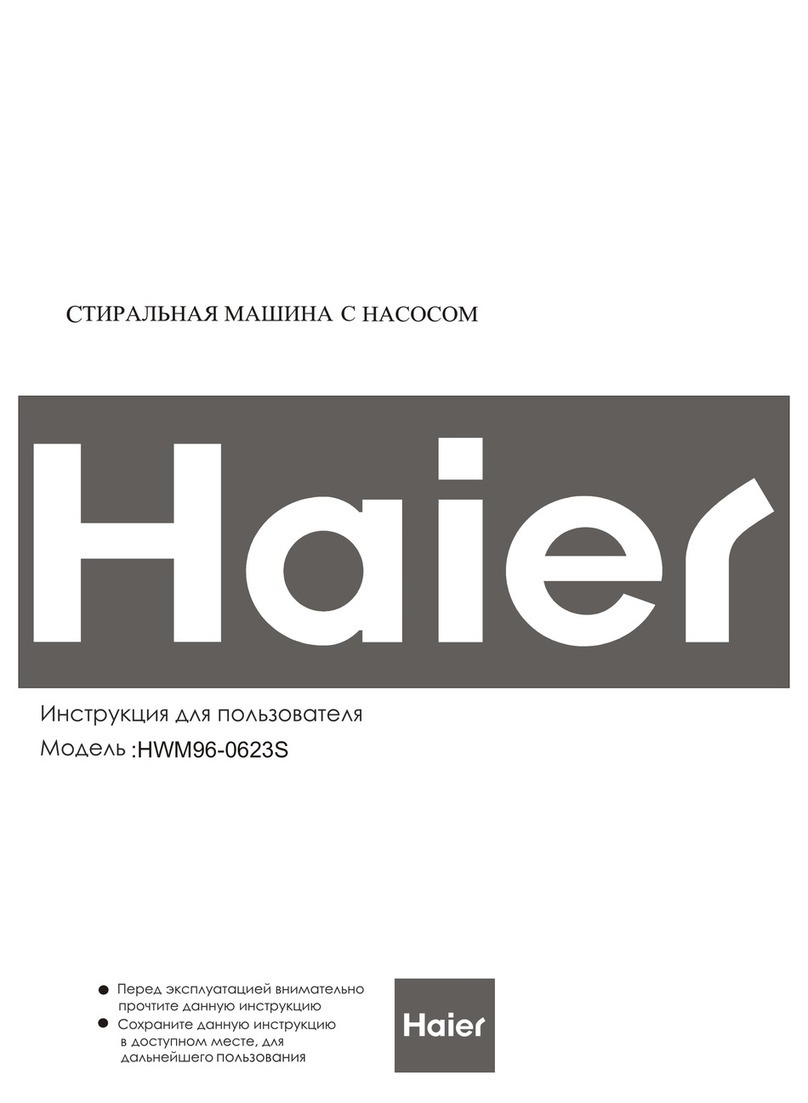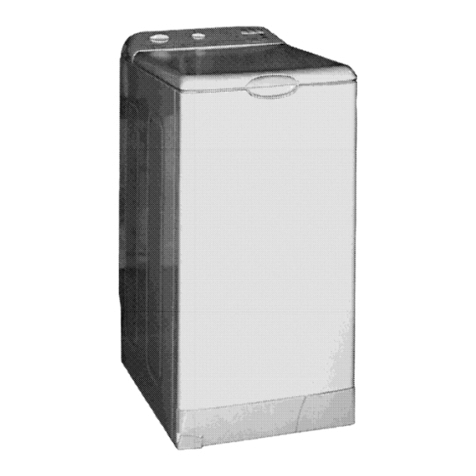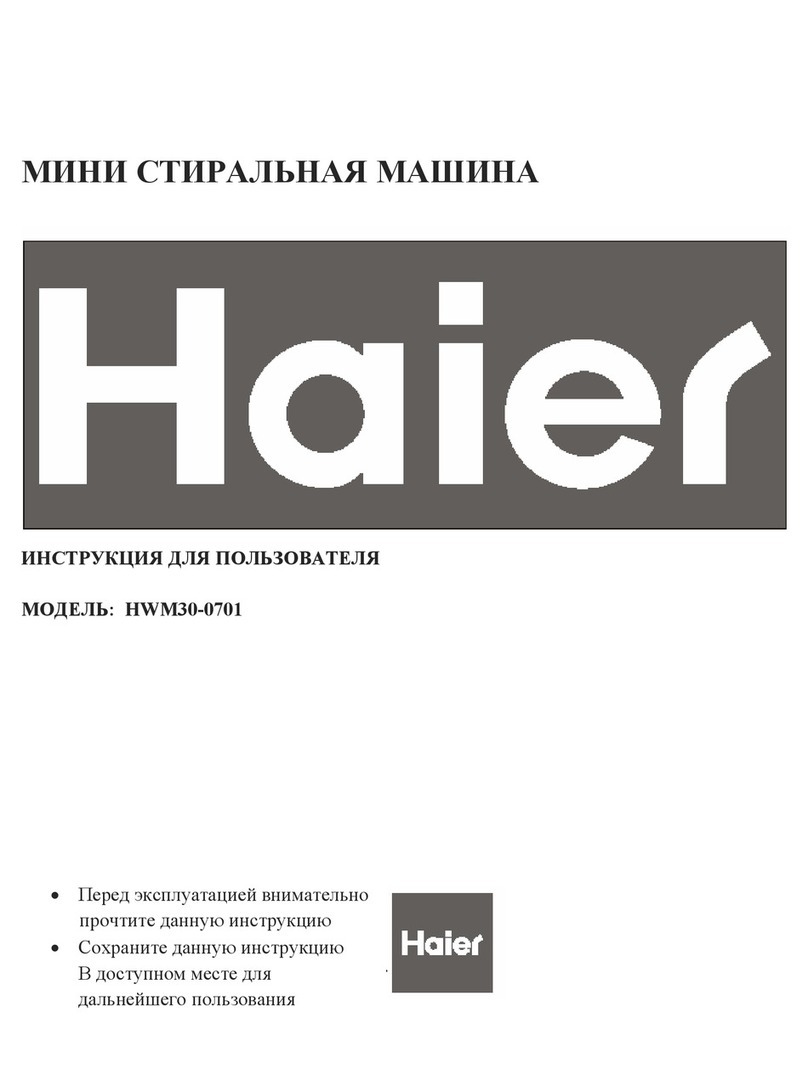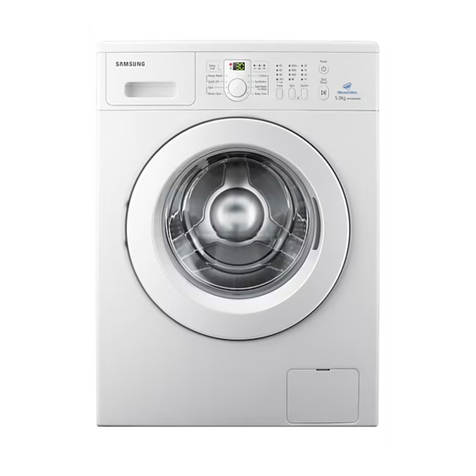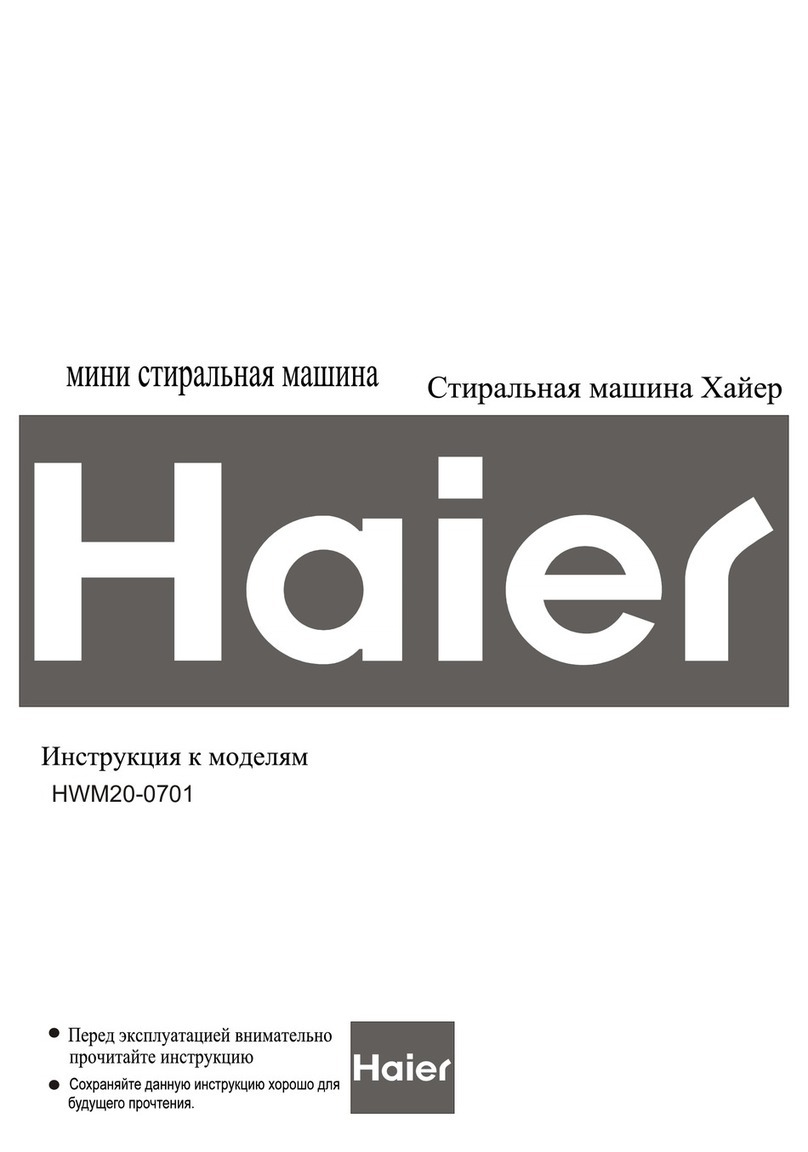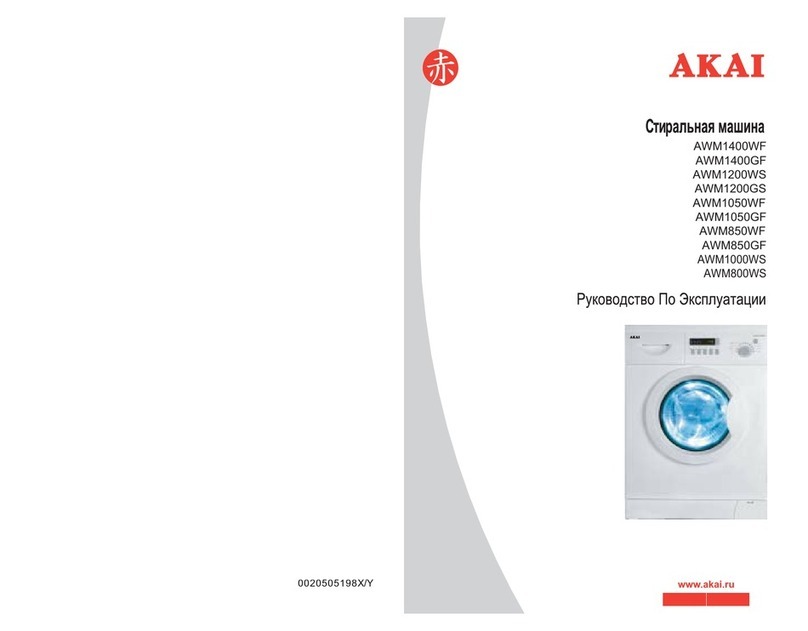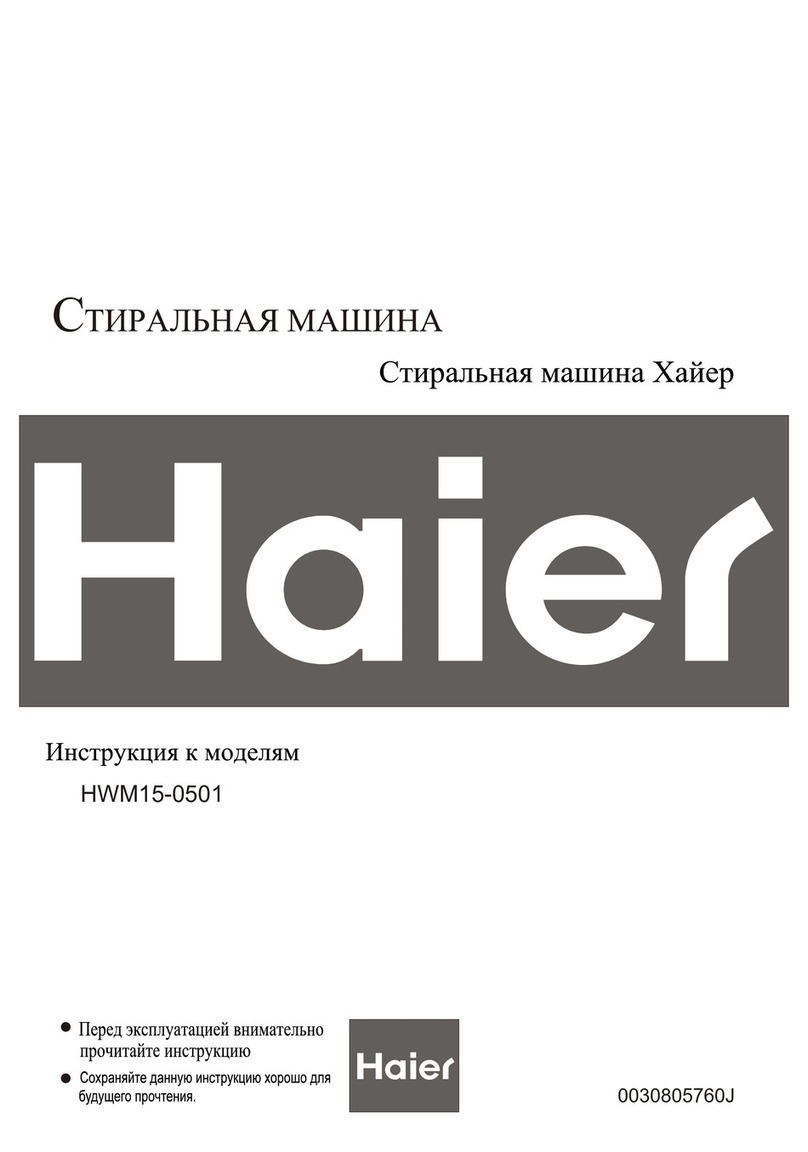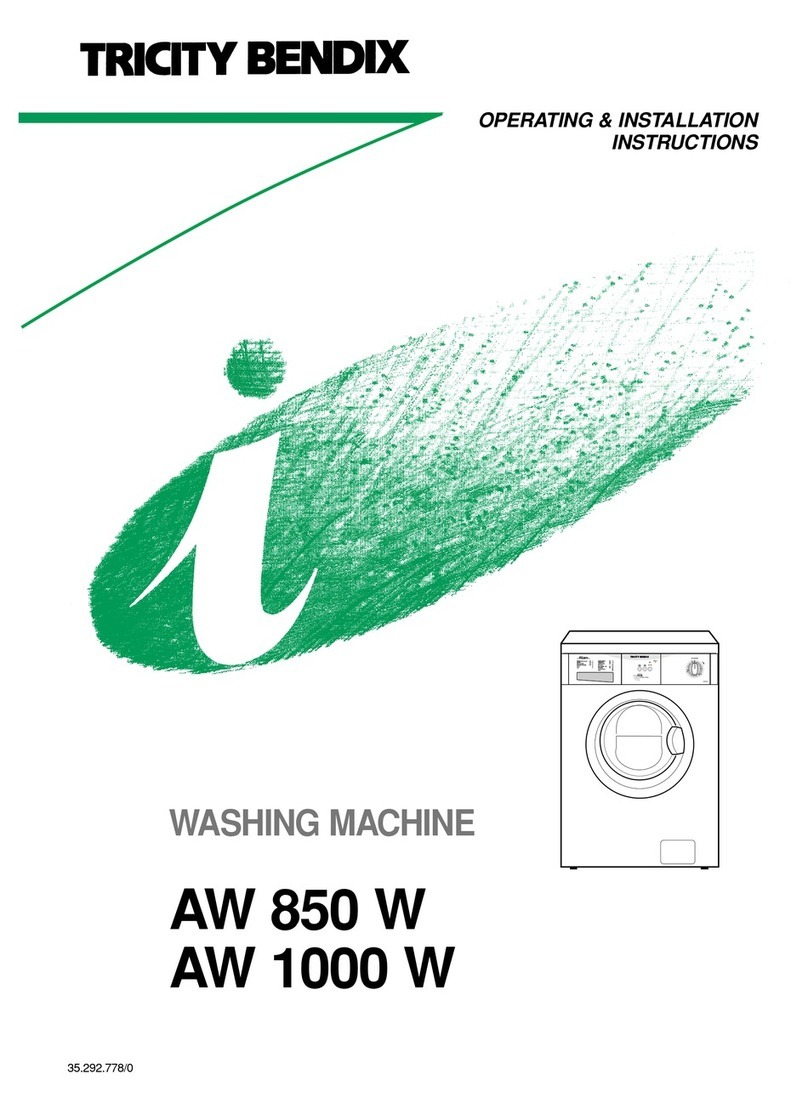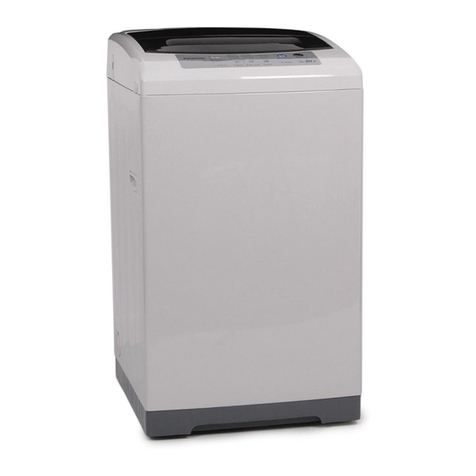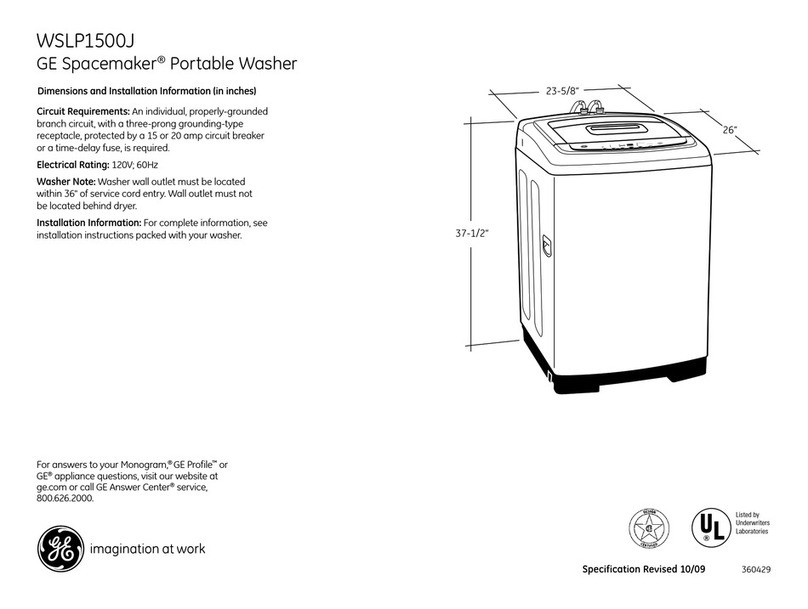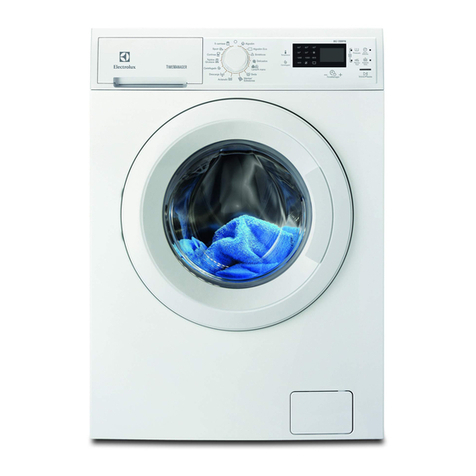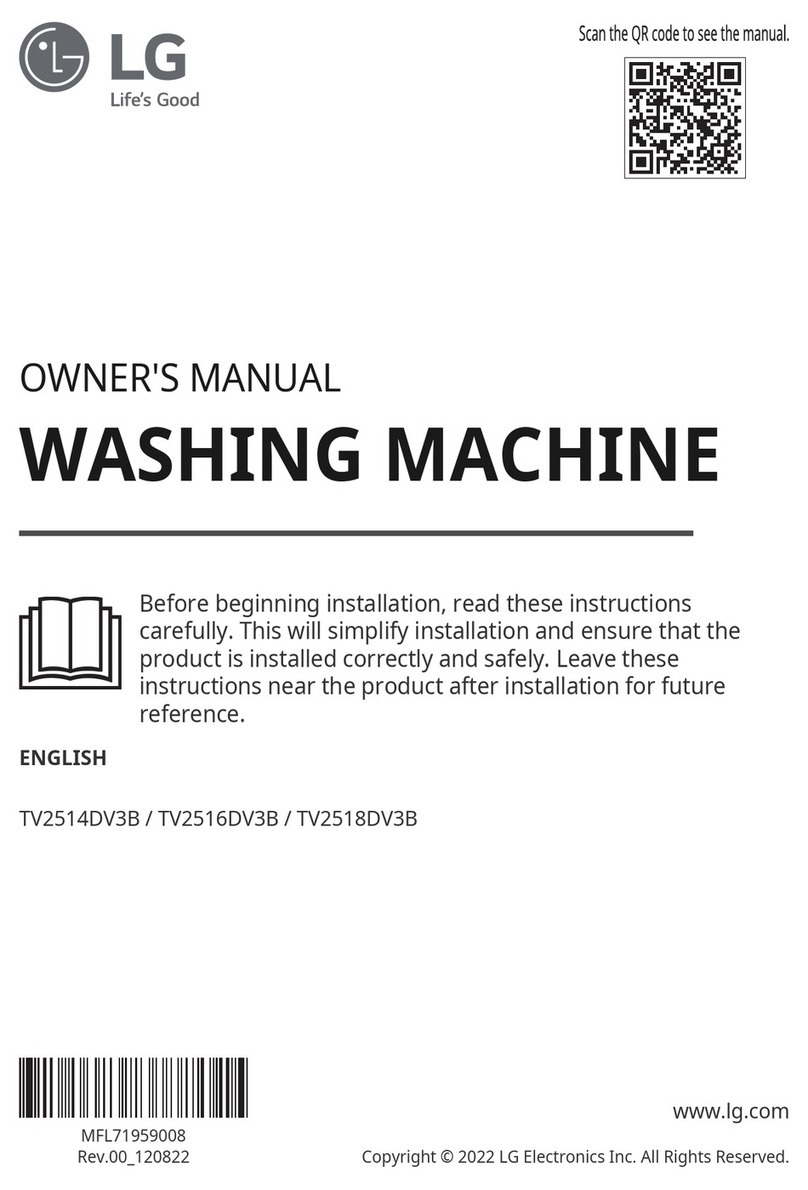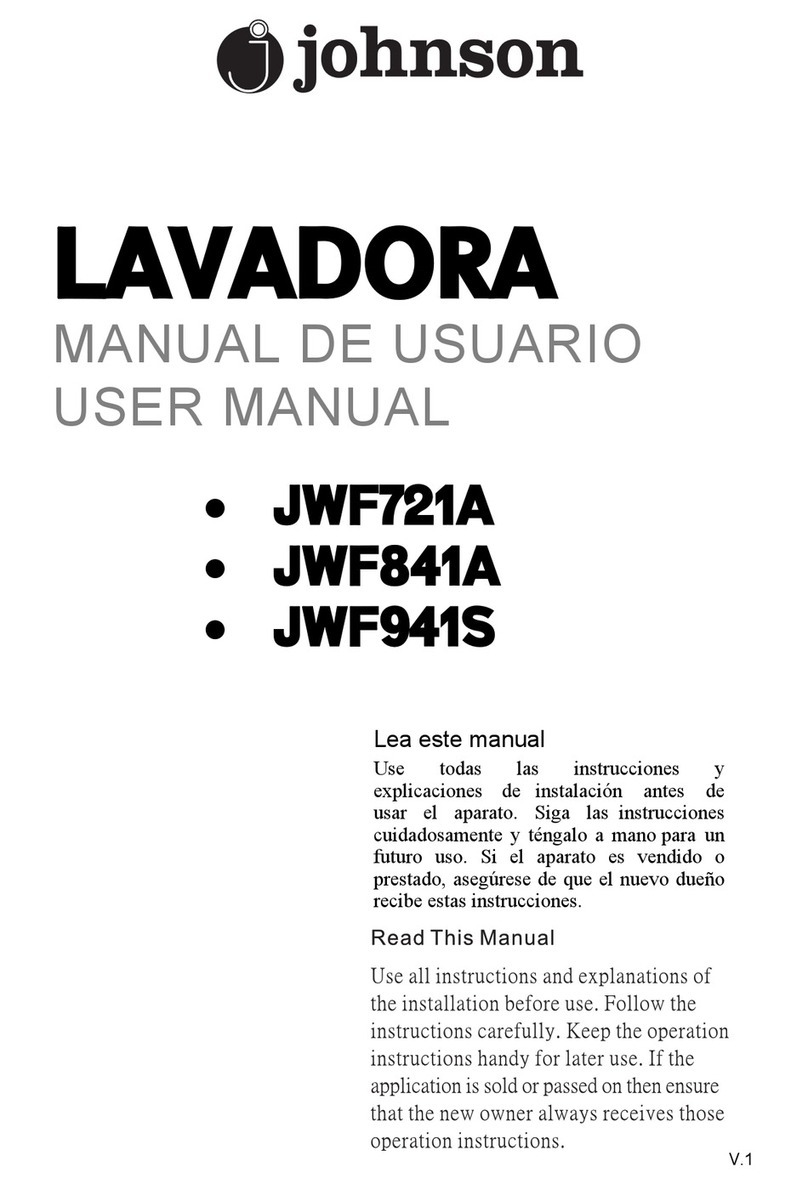
Contents
4
Adding and dispensing chemical agents ...................................................................... 51
Dispensing systems .......................................................................................................... 52
Labelling of the siphons ................................................................................................ 52
DOS modules .................................................................................................................... 53
Connecting DOS modules............................................................................................. 53
Rinsing agent..................................................................................................................... 54
Adding rinsing agent ..................................................................................................... 54
Refill indicator................................................................................................................ 55
Dispensing rinsing agent ............................................................................................... 55
Neutralising agent ............................................................................................................. 56
Refilling neutralising agent ............................................................................................ 56
Refill indicator................................................................................................................ 57
Dispensing neutralising agent ....................................................................................... 57
Instrument care products .................................................................................................. 57
Chemical disinfectant........................................................................................................ 58
Refilling chemical disinfectant....................................................................................... 58
Refill indicator................................................................................................................ 59
Dispensing chemical disinfectant.................................................................................. 59
Cleaning agent .................................................................................................................. 60
Replenishing liquid cleaning agent................................................................................ 60
Refill indicator................................................................................................................ 61
Dispensing liquid cleaning agent .................................................................................. 61
Dispensing powder cleaning agents ............................................................................. 62
Operation.......................................................................................................................... 64
Selecting a programme ..................................................................................................... 64
Starting a programme ....................................................................................................... 64
Starting a programme using delay start ........................................................................ 64
Drying assistance .......................................................................................................... 66
Programme sequence indicator ........................................................................................ 67
At the end of the programme ............................................................................................ 67
Cancelling a programme ................................................................................................... 68
Programme cancelled due to a fault ............................................................................. 68
Cancelling a programme manually ................................................................................ 68
System messages ............................................................................................................. 69
Cleaning the filter combination and tubular filter .......................................................... 69
Low fill levels ................................................................................................................. 70
Wash pressure and spray arm monitoring ........................................................................ 70
Settings ......................................................................................................................... 71
Delay start ......................................................................................................................... 72
Drying (drying assistance) ................................................................................................. 73
DOS venting ...................................................................................................................... 74
Language ....................................................................................................................... 75
Time of day........................................................................................................................ 76
Volume............................................................................................................................... 79
Further settings .............................................................................................................. 80
Code.................................................................................................................................. 82
Entering the PIN code ................................................................................................... 82
Date ................................................................................................................................... 84
Log book ........................................................................................................................... 86
